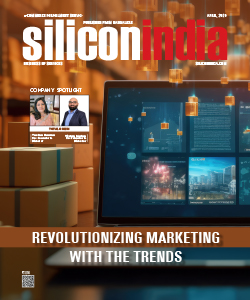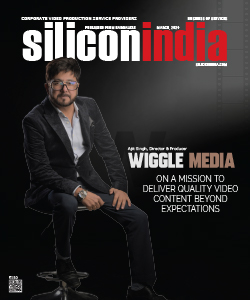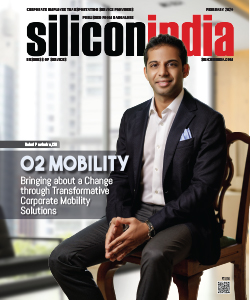6 Myths and Realities about Open Source Software

Bangalore: IDC, a market research firm disclosed the top 6 myths and the realities associated with open source software at the Directions Conference 2012, held in Boston IDC, reports Paula Rooney in zdnet.com
For all those wondering what open source software is? Open-source software (OSS) is computer software that is available in source code form: the source code and certain other rights normally reserved for copyright holders are provided under a free software license that permits users to study, change, improve and at times also to distribute the software. Lets take a look at some of the common myths among users about OSS.
# Myth no.1: Open Source will rule the world or that open source software will have a huge impact and enter every market in other words of IDC
Reality: IDC says that “There needs to be a need; a perception that proprietary solutions are inadequately serving the market, and a developer community willing to reinvent software solutions.”
#Myth no.2: IDC discovered another myth that open software is “inherently innovative.”
Reality: Analysts at IDC say “In the past OSS rarely created new markets; instead replicated existing solutions. That is increasingly not the case today with OSS.”
#Myth no.3: Adding to the list is another myth that IDC revealed, is that open source software improves faster than commercial software.
Reality: “True; there are releases daily, weekly or monthly. The question becomes how much change can you quickly consume?” According to the research firm in most of the cases, it’s true, but that does not mean that the way it is distributed or packaged to enterprise customers makes it useful.
#Myth no. 4: One strong belief about open source software is that it has less lock-in than proprietary solutions.
Reality: “True to a point; but there’s always some lock-in. Lack of strong lock-in is challenging for commercial open source products.” Reports Rooney
#Myth no. 5: One of the myths is that the open source software it is available free of cost or at a considerable cheaper price.
“Not always. Try-before-you-buy is great, but total cost of ownership therefore includes deployment costs, long-term management/user support, downtime costs, more” IDC highlights the fact that the price tag is but a small reflection of the cost and that customers need to look at the entire lifecycle of each and every application before jumping to a conclusion and determining if it will save or cost their IT department.
# Myth no. 6: Many of the vendors, users and customers strongly believe that they need to network and actively participate in an open source community to gain benefits from it.
Reality: “While it is better to be in touch with the community, it is not mandatory that users contribute code or function as testers,” claims IDC. It also says that instead of relying on community customers can consider large projects like Linux and Hadoop, which provide big benefits to the masses.



